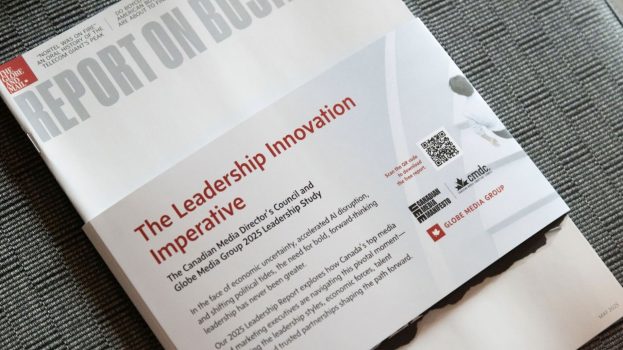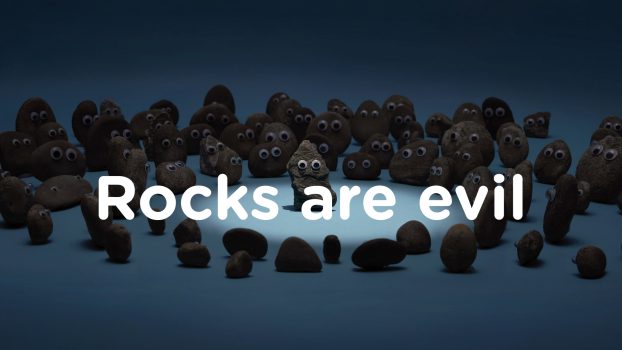Futuristic, individually-targeted talking ad scenarios may still be a few years off, but the technology is getting better and cheaper, so holograms, mind-reading and personalized ads are moving from sci-fi to real world. Here’s what’s happening in these spaces now:
Holograms
Now that every other movie is released in 3D, is it any wonder that we’re seeing more holograms pop up in advertising? Just this year, a holographic version of Tupac Shakur performed original work at the Coachella music festival as part of a promotional push around his new posthumous album, winning a Titanium Lion at the 2012 Cannes Lions Festival. Meanwhile, GE created a holographic jet engine and invited the public to put it together by controlling the pieces by waving their hands, while Nissan Canada tested out an aquatic hologram, which reflects 3D images off mists over bodies of water, sending a car on a lake-surface chase for its Canada Day execution.
New Canadian clothing retailer 3F says it has the technology to determine a shopper’s fashion state of mind by measuring brainwaves, and suggests outfits based on whether the shopper is focused or relaxed. The technology doesn’t actually read thoughts and is still in its infancy, but it can measure the electromagnetic pulses a brain emits. Predicted by IBM to be prevalent by 2016, Ontario Power Generation has tested out the technology for training scenarios, and just before the London Paralympics, researchers unveiled a bobsled controlled via thought. You don’t have to be a mindreader to predict the technology will trickle into advertising executions.
For-your-eyes-and-ears-only ads
Ray-Ban and Australia-based Lynx both launched ads that could only be seen through special polarizing glasses. The technique taps into “for-your-eyes-only” exclusivity and Cameron Wykes, tech enthusiast and chief innovation officer, KBS+P, says we’ll likely see more of this type of hyper-targeted ad with laser-guided sound systems and facial recognition software becoming mainstream and affordable.
Facial recognition is already starting to trickle into advertising, such as Plan U.K.’s female-only transit ad, which determined a person’s gender based on facial features and only displayed the ad to women passing by.
Laser-guided sound systems can hyper-target an area to transmit noise – for example only when facing a screen or when you’re within three feet of a speaker – and Wykes says it’s only a matter of time before someone in the ad world marries the facial recognition software with the laser guided system to create an ad only visible and audible to the person of its choosing.
Advertisers are already using social media to create personalized commercials, different for each person who views them. It was a trend first spotted in 2011, with the Canadian Blood Services’ AtoMiC award-winning campaign, which tapped a user’s friends and family to personally depict the wide reach of blood donation across one’s social network, as well as Intel’s Gold Lion-winning “Museum of Me,” which invited users to log onto a website with their Facebook details, which then takes users through their life, pulling in images, status and relationship updates, videos and songs. Brazil-based realtor Carvalho Hosken used the same technique to display Facebook images in digital frames around a model home, personalizing the tour for potential homebuyers, while MTS in Manitoba created videos where the user becomes the hero in a love story.

























